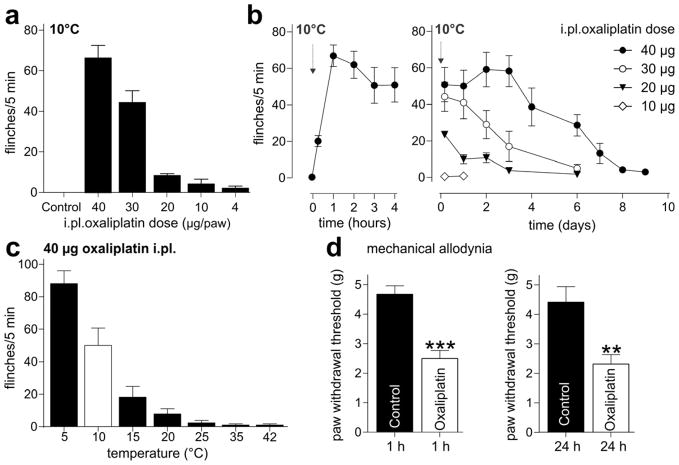Figure 1. A novel animal model of chemotherapy-induced neuropathy based on the intraplantar injection of oxaliplatin.
(a) Intraplantar injection of oxaliplatin (4 – 40 μg/paw) rapidly elicits cold allodynia, with increased paw lifting, licking, shaking and flinching evident 1 h after injection upon exposure to a temperature-controlled surface maintained at 10°C. Injection of vehicle (Control; 5% glucose/H2O) did not elicit any nocifensive responses. (b) Oxaliplatin-induced cold allodynia has a rapid onset (left panel, 0–4 h post-injection), with nocifensive responses upon exposure of the injected hind paw to cool temperatures becoming apparent within minutes after injection (arrow). Cold allodynia after a single injection persists for several days (right panel, 4 h - 9 days post-injection) after intraplantar injection (arrow). (c) Nocifensive responses evoked by intraplantar injection of oxaliplatin (40 μg/paw) are temperature-dependent, with significant paw withdrawals elicited upon exposure to temperatures below 15°C (24 h after injection). No withdrawal responses were evident at elevated temperatures up to 42°C. White bar; for all subsequent experiments, cold allodynia was assessed 24 h after injection of 40 μg oxaliplatin/paw by quantifying paw withdrawal responses at 10°C. (d) Intraplantar injection of oxaliplatin (40 μg/paw) elicited mild mechanical allodynia, with a significant decrease in paw withdrawal threshold to mechanical stimulation compared to control (5% glucose/H2O). Left panel, decreased mechanical threshold was apparent at 1 h after injection and persisted 24 h after injection (right panel). Statistical significance was determined using an unpaired Student’s t-test; ***, p < 0.001; **, p < 0.01 compared to vehicle. Data are presented as mean ± SEM (n = 5- 12 animals/group).

